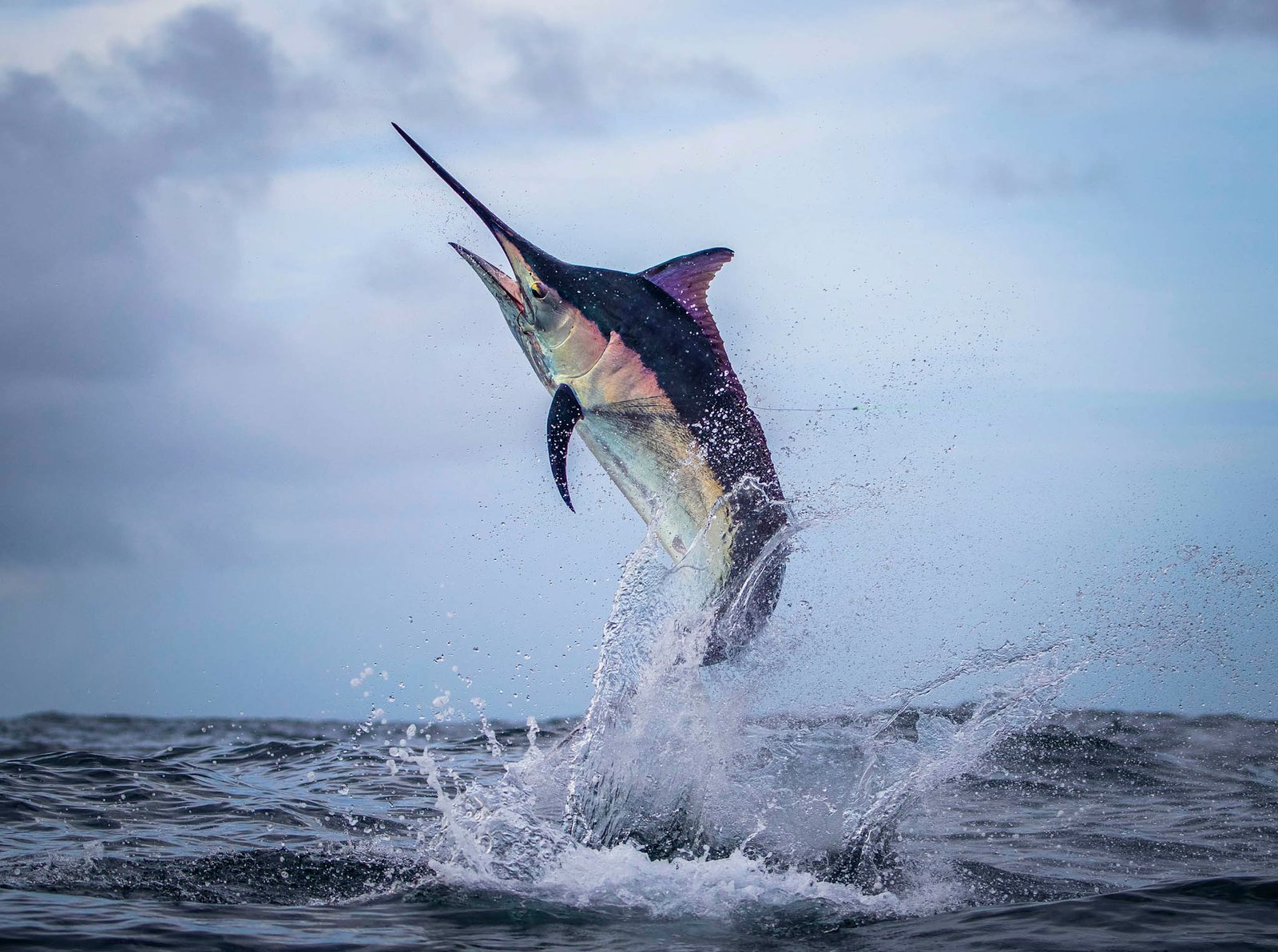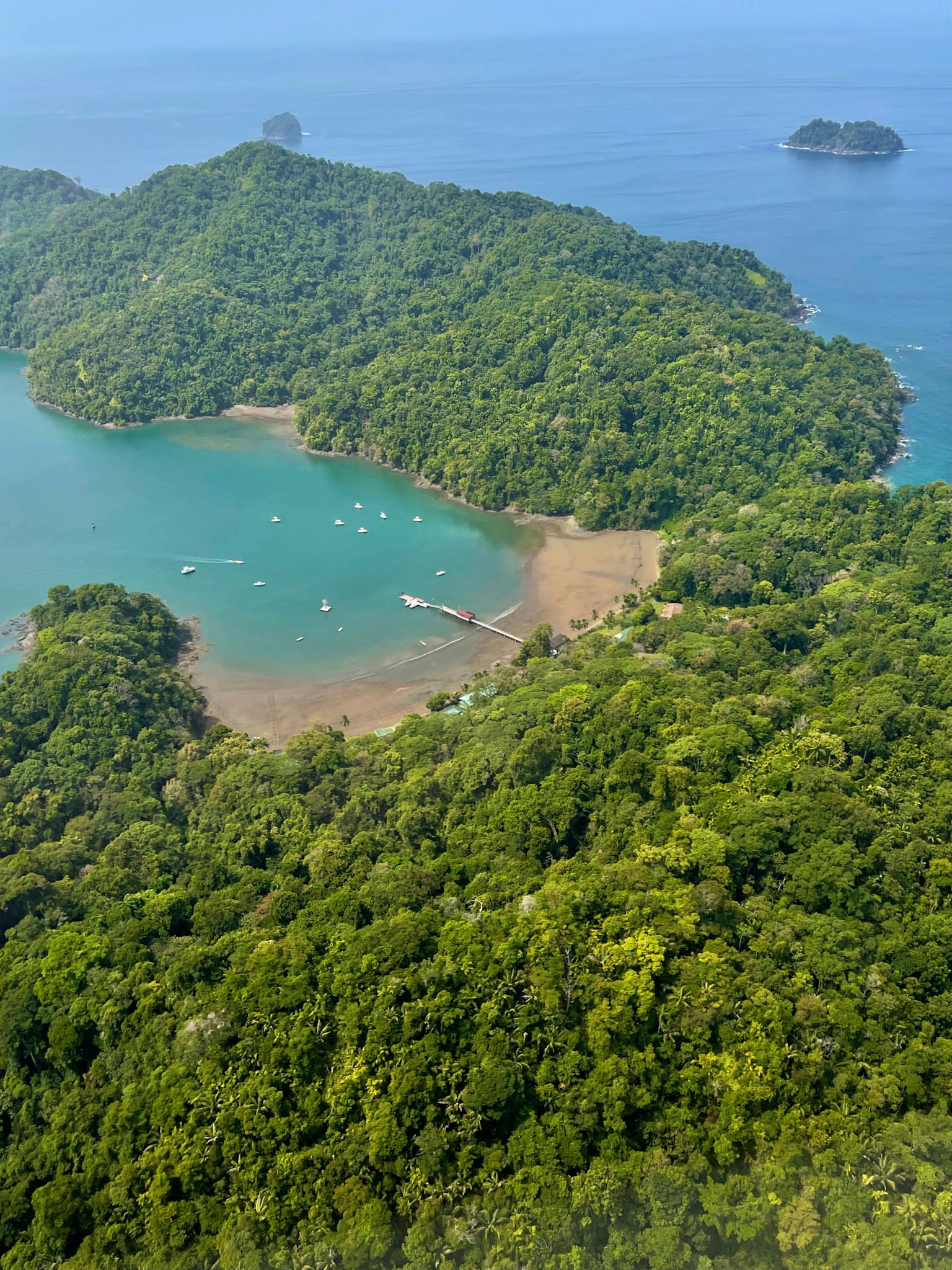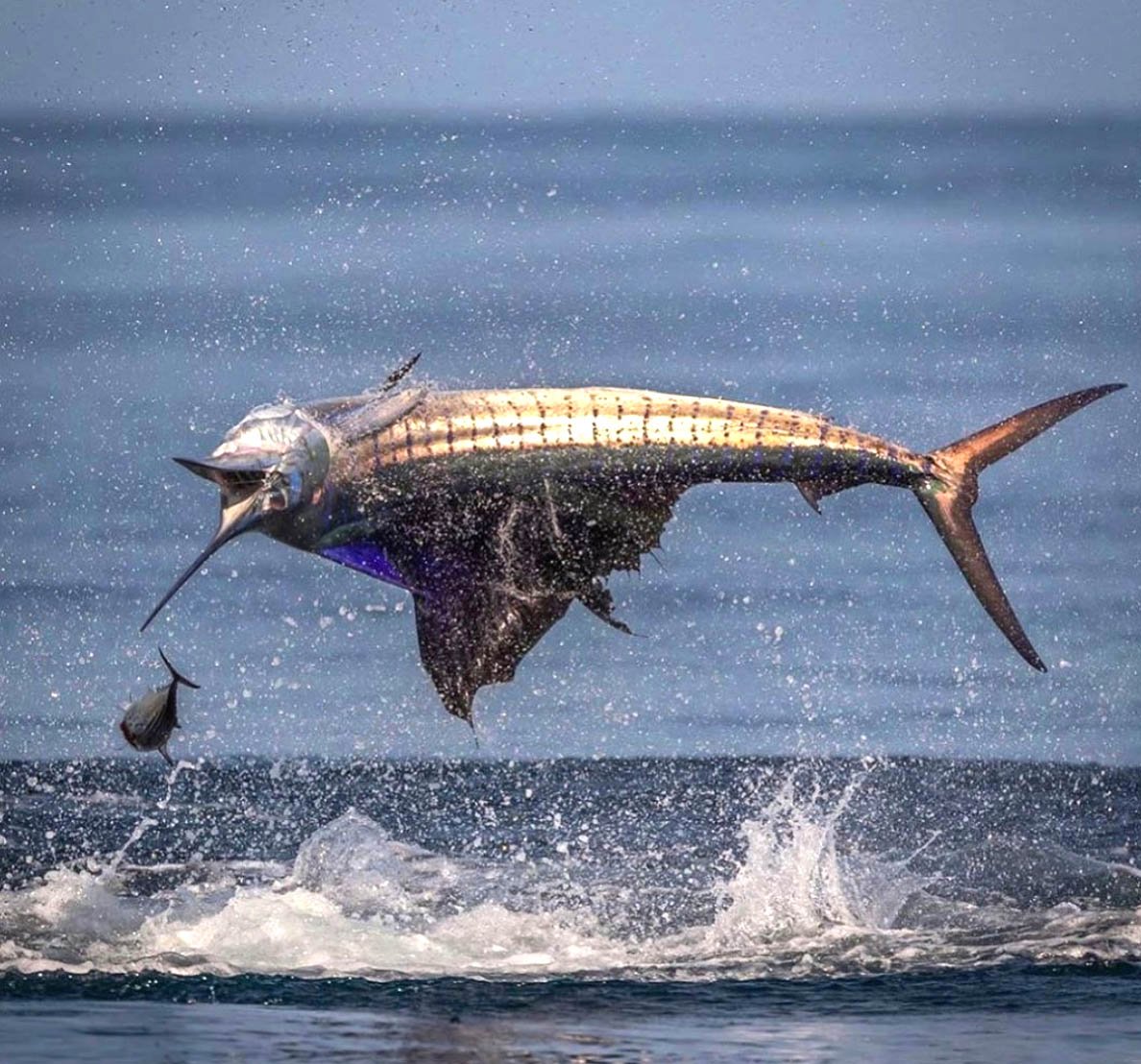
Conserving Piñas for Generations to Come
Text: Panorama de las Américas
Photos Courtesy: Tropic Star Lodge
For fifty-seven years, the world-famous Tropic Star Lodge (TSL) in Piñas Bay has been standing strong, and the bond between the lodge and the community of Piñas grows stronger with each passing year. The village was born out of necessity in the early 1900s when the United Fruit Company bought the land to be used as a pineapple plantation. Embera, Wounan, and Afro-Colombian people came from nearby areas to work, starting a village they named “Bahia Piñas.” Unfortunately, the business venture was short-lived, leaving the community with no way to make a living. The land was sold to Ray Smith, founder of Pesca de Panama, which is known today as Tropic Star Lodge.

TSL has supported the community of Piñas for many years, and they have recently formalized their efforts by establishing the Piñas Bay Conservancy (PBC) to preserve natural resources, improve education and quality of life in the community, and raise public awareness about the treasures of this place and its culture and people.
The ocean is key to the success of both the lodge and the community. The nearby Zane Grey reef, home to various sedentary and migratory species and the main reason this is a first-class international sport fishing site, is high on the foundation’s list of priorities. In collaboration with Panamanian environmental leaders, TSL helped create a 20-mile non-commercial fishing reserve around Piñas Bay. They also worked to establish decrees that enforce catch-and-release fishing and impose penalties for killing species such as marlin, roosterfish, broomtail grouper, goliath grouper, cubera snapper, and bluefin trevally.

Furthermore, since the early 1990s, TSL has promoted the use of the circle fish hook and trained their crews in appropriate release techniques, thereby improving the survival rate of fish released into the ocean. Excessive fishing is discouraged; only enough fish to feed the lodge and the nearby town are harvested. Several conservation initiatives to protect the land ecosystem are also in place. The TSL forest ranger program has reduced the use of slash-and-burn farming techniques in the area and introduced annual reforestation initiatives that have preserved the tropical forests bordering Piñas Bay. Last May saw the launch of the PBC educational program that emphasizes the use of permaculture techniques to maintain and regenerate the soil, improving long-term agricultural yields without damage to the ecosystem and the biodiversity it supports.

TSL has allies among the most brilliant minds at work protecting the seas. For example, the Guy Harvey Research Institute (GHRI) at Nova Southeastern University (NSU), the Guy Harvey Ocean Foundation (GHOF), and the Beyond Our Shores Foundation are working on the Eastern Tropical Pacific Seascape (ETPS), a five-year study of the genetics and migratory patterns of the principal ocean species (including sharks, dolphins, and roosterfish) in Piñas Bay. The findings will be shared with the governments of neighboring countries to help create more well-informed marine conservation policies. In a time of rapid growth and unregulated exploitation of natural resources, we should all work toward such efforts if we want the beauty and abundance of nature to be enjoyed by future generations.




